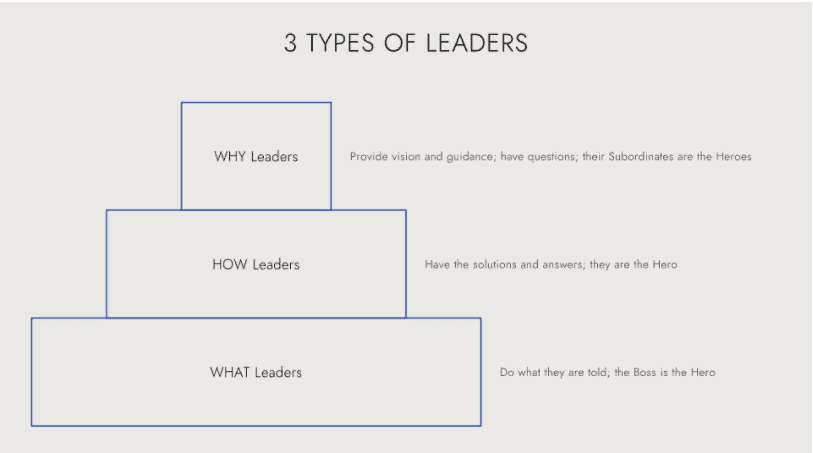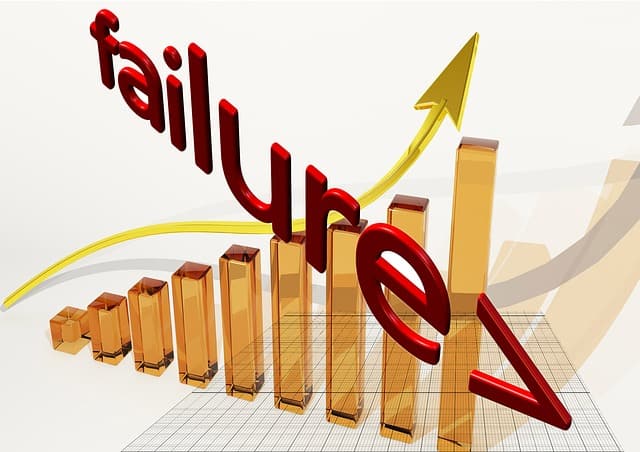Why You Need to Ditch Fear-Driven Leadership
Nobody wants to work under fear driven leadership. Give your Team more control, lower overall stress, and make big gains.

Fear-driven leadership is not an effective way to lead an organization. Employees with higher levels of stress and anxiety cannot function to the same levels as those who feel safe and have a greater sense of control in their jobs. Leaders should strive to create an environment where their employees enjoy coming to work and harness the feelings of belonging and buy-in. They will see better results in their bottom line.
We all make mistakes. Here’s one of mine: I was a middle school principal in the fall of 2020 when we returned to hybrid teaching/learning. As with most of the world, there were excessive amounts of divisiveness, fear, and stress among the staff and community. Unfortunately, I treated the staff in more of a punitive tone, than one of compassion. This caused my entire group of team leaders to hold a private meeting behind my back (yes, I am cringing while writing this) and then eventually talk to me as a group about how I was disciplining my staff.

It was a tough meeting, but I was glad they felt comfortable enough to discuss the issue with me so that I could make adjustments and be the best boss for my Team. It was a great and humbling reminder that we need to treat everyone around us with respect and grace because we never know what someone else is going through.
I’ve read a few books, namely the “360-Degree Leader“ by John Maxwell, “Leaders Eat Last“ by Simon Sinek, “9 Lies About Work” by Buckingham and Goodall, and “The Road Less Stupid“ by Keith J. Cunningham with an overwhelming theme that leaders should address their employees’ concerns with grace, empathy, and even sometimes an apology. Perhaps our expectations weren’t clear or we never explained the “why.” Somehow, I let these lessons slip in the fall of 2020. I’m sure it roots back to my self-preservation or fear of the unknown in an unprecedented time. As a leader, that’s no excuse.
I’m telling you this story to illustrate that even though one of my core values is compassion, I let it slip. My team leaders recognized that they weren’t seeing the real me and they let me know that. Hopefully, you can learn from my mistake. Take a look at your values. Are you holding true to what you believe in and what your Team needs from you?
Action steps to ditch fear-driven leadership:
• Give your Team a sense of control: The less control we have in our jobs, the more stress we feel. The more stress we feel, the less productive our business is. People seize control through passive-aggressive behavior, gossip, and office politics, to name a few. You can give your team a greater sense of control by setting clear boundaries in terms of values, finance, fairness, and legal and let your Team make decisions based on those boundaries. Your Team’s productivity will increase, they will feel more influential, and your organization’s innovation will increase.
• Foster a “safe” working environment: Psychological safety is key for productivity. Our brains can’t function when we are stuck in the flight or fight response. Examine the level of your Team’s psychological safety. Hire an outside consultant to do this work for full transparency. Make adjustments based on the examination and watch your business thrive.
• Look in the mirror before disciplining your Team members: There are times when our Team makes mistakes, and we need to address those errors. There are other times when our lack of leadership is to blame. Before pointing the finger and getting angry. Pause and reflect on how you could have set clearer expectations, avoided the mistake with more frequent check-ins, or better explained the “why.” This reflection time will allow you to calm down, ditch the fear-driven leadership, and approach your Team member with more compassion.
















